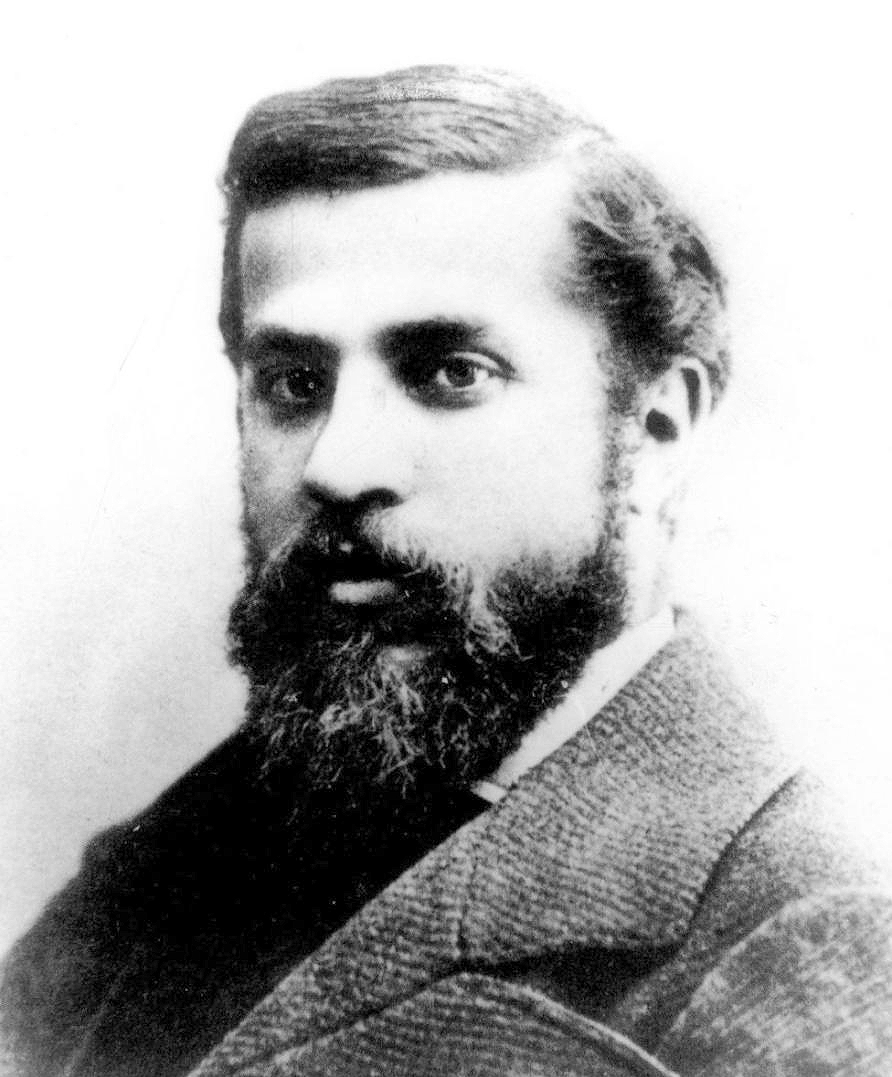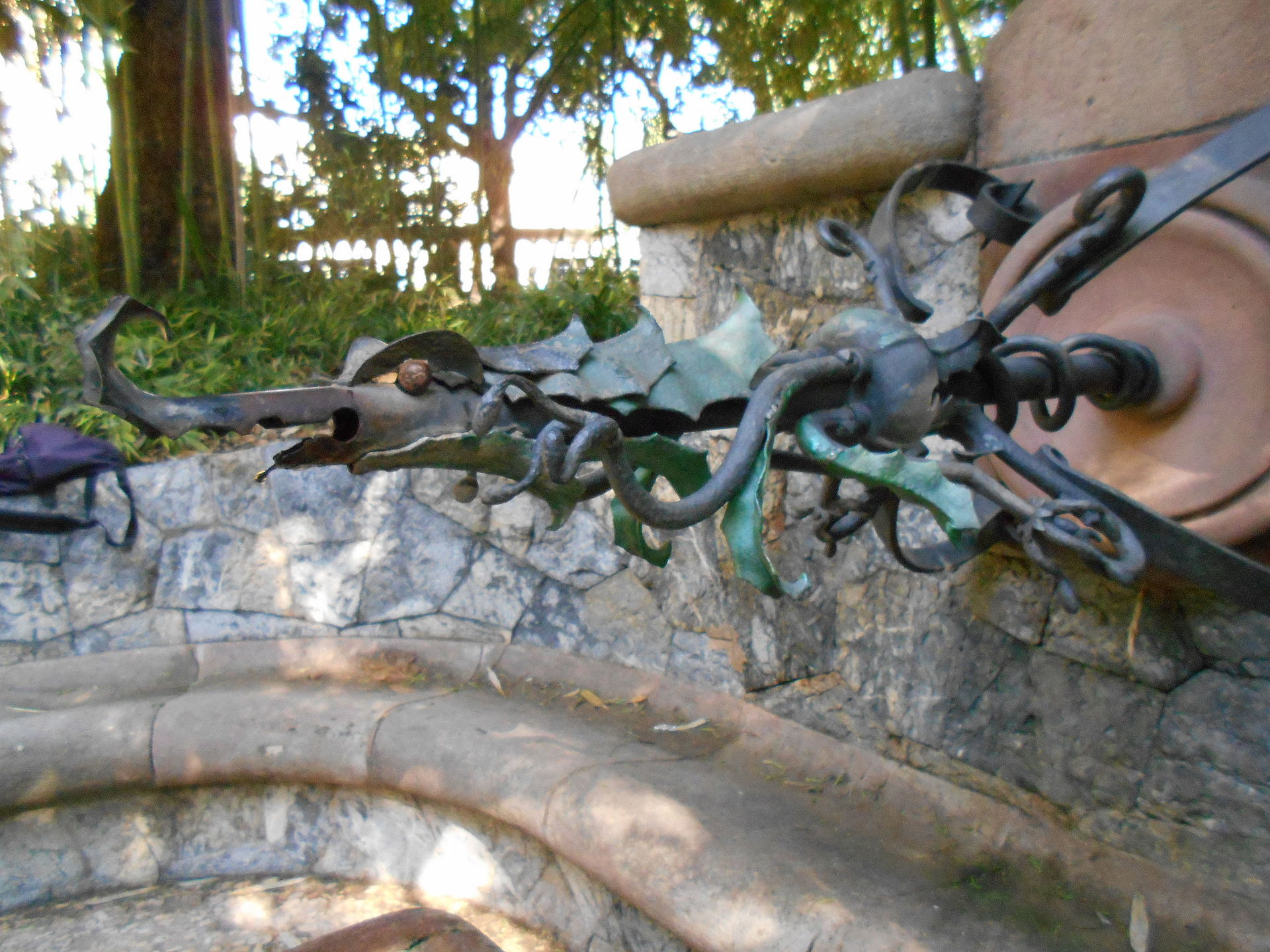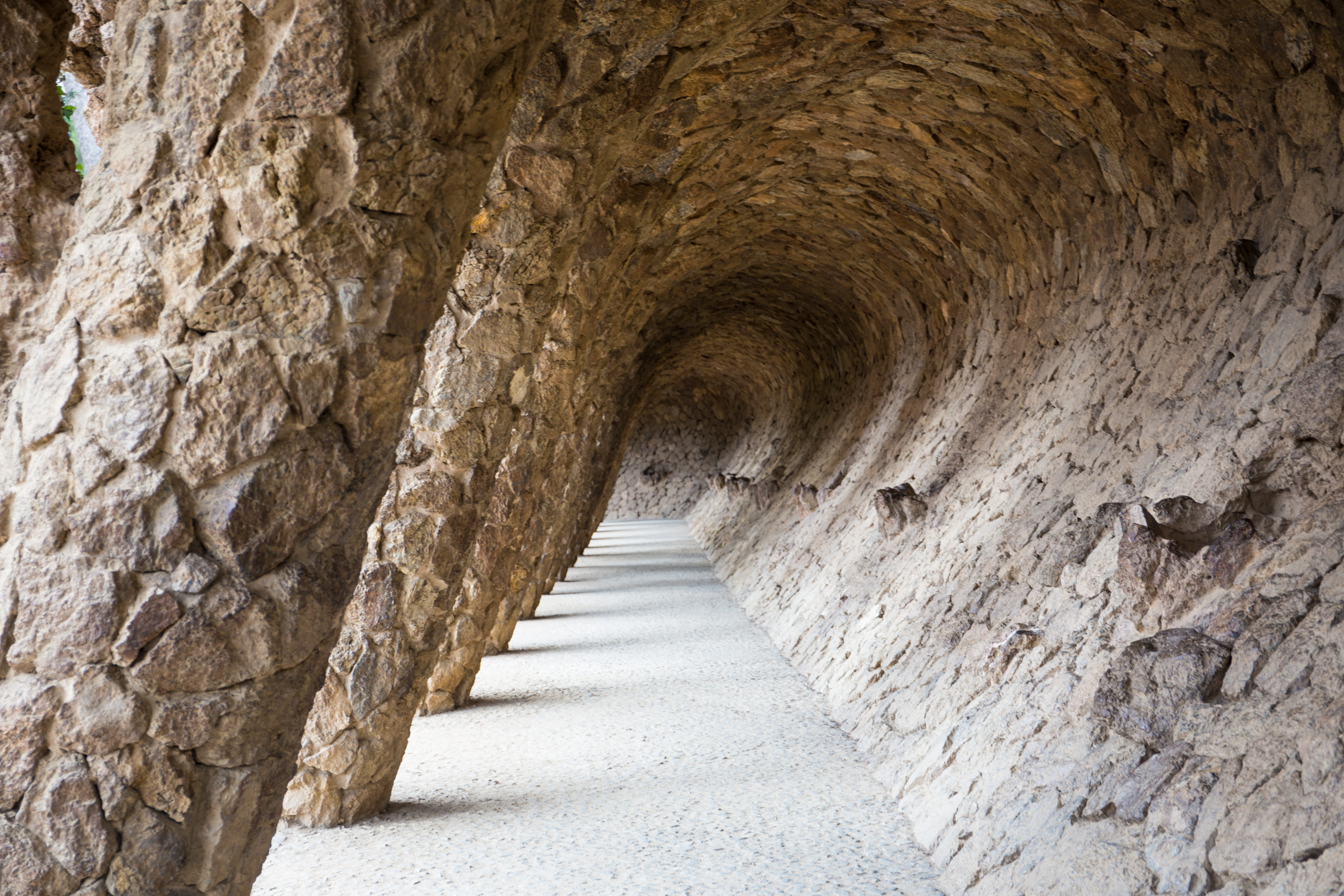“Architecture sits on a plane that is suspended between the arts, sciences, economics and many other diverse disciplines,”
Stanley Abercrombie

Many people believe that architecture is an art. Thomas Munroin, the Philosopher writer, defines architecture in his book “The arts and their interrelations” as follows: “Architecture is the art of designing and guiding the construction of buildings, so as to make them visually satisfying as well as suitable for their intended use. Buildings are three-dimensional forms, usually enclosing or partly enclosing an interior space large enough for persons or animals to enter and carry on activities within it. They can present a visual design or a series of designs on the exterior, interior, or both. <…> Architecture often incorporates or provides a setting for the products of the other arts, such as sculpture, stained glass, furniture, and interior design; hence it can be regarded as a combined art. It often cooperates with landscape design and city planning.” The author emphasizes that an architect is performing his duty as an artist when he tries to make the building look “visually satisfying”.

If you still doubt, let us have a look at some well-known buildings of a single architect named Antoni Gaudí. His unique approach to the Art Nouveau movement generated some of the most creative buildings you will see in the Spanish region known as Cataluña. Even if you don’t know anything about architecture or Gaudí, when you walk the streets of Barcelona you will intuitively identify Gaudí buildings. They are unmistakable.
Casa Vicens (built between 1883 and 1888) is Gaudí’s first important building. It is an imaginative residential project made for a wealthy family that owned a ceramic factory. This is clearly reflected in the “trencadis” (surfaces covered with irregular ceramic pieces) facade.
La Pedrera (built between 1906 and 1910) is one of his main residential buildings and one of the most imaginative houses in the history of architecture. It is more sculpture than a building. The facade is a varied and harmonious mass of undulating stone. Along with its forged iron balconies, the stone explores the irregularities of the natural world. UNESCO recognized this building as World Heritage in 1984.

Parc Güell (built between 1900 and 1914) today is part of the UNESCO World Heritage. This is a garden complex which houses a series of dynamically designed buildings, including Gaudí’s house. Most buildings have the “trencadis”. It is characteristic of Gaudí and Art Nouveau. The most famous places in this park are the colonnaded hall and the terrace with serpentine shapes.

Colonia Güell (irregular oval church and crypt) was designed in 1898 and finished in 1914. The interior of the crypt has five aisles. The original Gaudí columns with various forms are present inside and outside. The windows jut out over the walls, there is a ceramic composition showing the four cardinal virtues in the upper part of the door. The crypt is built in basaltic stone bricks with mosaics that give an archaic appearance.

Enfo [CC BY-SA 3.0 (https://creativecommons.org/licenses/by-sa/3.0)]
La Sagrada Familia is the most famous of Gaudí’s works. This church has been in construction since 1892 and it’s not expected to be finished until 2030. The church presents an excellent depiction of the relationship between man, nature and religion through its architecture and facade sculptures. If you climb one of its towers, you will see a unique view of Barcelona.

SBA73 from Sabadell, Catalunya [CC BY-SA 2.0 (https://creativecommons.org/licenses/by-sa/2.0)]
Gaudí’s architecture is full of unusual and unexpected characteristics, it impresses deeply. Looking at his architecture I can say without any hesitation: architecture is an art.
AUTHOR || Elizabeth TIKHOMIROVA @eli_daizy